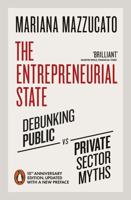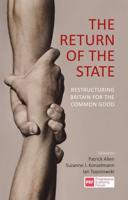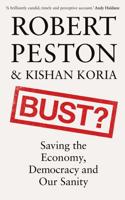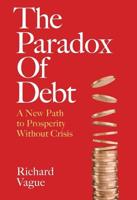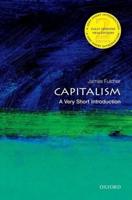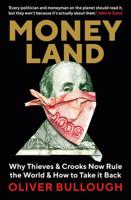Publisher's Synopsis
What is time series perspective on economic growth to pursue for growth and human development strategies. A time series perspective is explained on economic growth may be more useful to pursue for growth and human development strategies. A time series can allow to pursue time series studies for particular countries or country groups at particular stages of economic growth. It can allow for a more specific micro behavior of economic agents. In general, any country has three income groups, such as low income, lower-middle income and upper middle income groups. Also, any country may have these four types of public expenditure for human development which including: enhancing education and building up of human capital, public investment to finance general market and subsistence production, e.g. transportation system, such as roads, bridges, harbors, water supply, sanitation, health and care and education.A 2005 year study had been carried by Dimonson, Marsh & Staunton, which performed an analysis is stock returns in 53 countries, going back to 1900 year for 17 countries, did not find evidence of a significant long term positive relationship between GDP growth rates and equity returns. Also the analysis from Schroders Economics team found that over the past sixty years, there has tended to be a positive relationship between GDP growth and equity market returns during the recovery, expansion and slowdown phases of the traditional business cycle. This relationship has traditionally broken down during the recession phase. The Schroders economics team also indicated a traditional business cycle model, which has four stages. In the beginning, it is slowdown stage. It means output above trend, growth decelerating and inflation rising. Next is recession stage. It means output below trend, growth developing, inflation falling. Then, it is recovery stage. It means output below trend, growth decelerating, inflation falling. Finally, it is expansion stage, it means output above trend growth accelerating, inflation is rising. The economic team also suggested the traditional business cycle model: In the slowdown stage, GDP growth is positive, but falling, inflation is high and rising, so policy strategy is tight recommended in the recession stage, GDP growth is negative and falling, inflation is falling. So, policy strategy is loosening recommended. In the recovery stage, GDP growth is negative and rising, inflation is low and falling, so policy strategy is loose recommended. Finally, the expansion stage, GDP growth is positive and rising, inflation is rising, so policy strategy is tightening recommended. It seems that governments ought concern the business cycle period to evaluate themselves country GDP growth to achieve the most effective policy to adopt to achieve different human development policies to invest to present economic recession crisis occurrence. Usually, in the recovery and expansion phases of the business cycle, the stock market tends to perform well as rising GDP and earnings growth drives positive excess returns on equity. In the slowdown phase, inflation is still high and monetary policy remains tight, resulting in s difficult environment for corporations. reducing earnings and stock valuations tends to result in negative excess returns for equities: declining GDP growth is therefore usually matched with poor equity performance. It also explained that during the recession phase, there is often GDP growth is falling, but the excess return on equity tends to be positive. Historically, falling inflation and an accompanying loosening of monetary policy is needed to rise re-rating.

